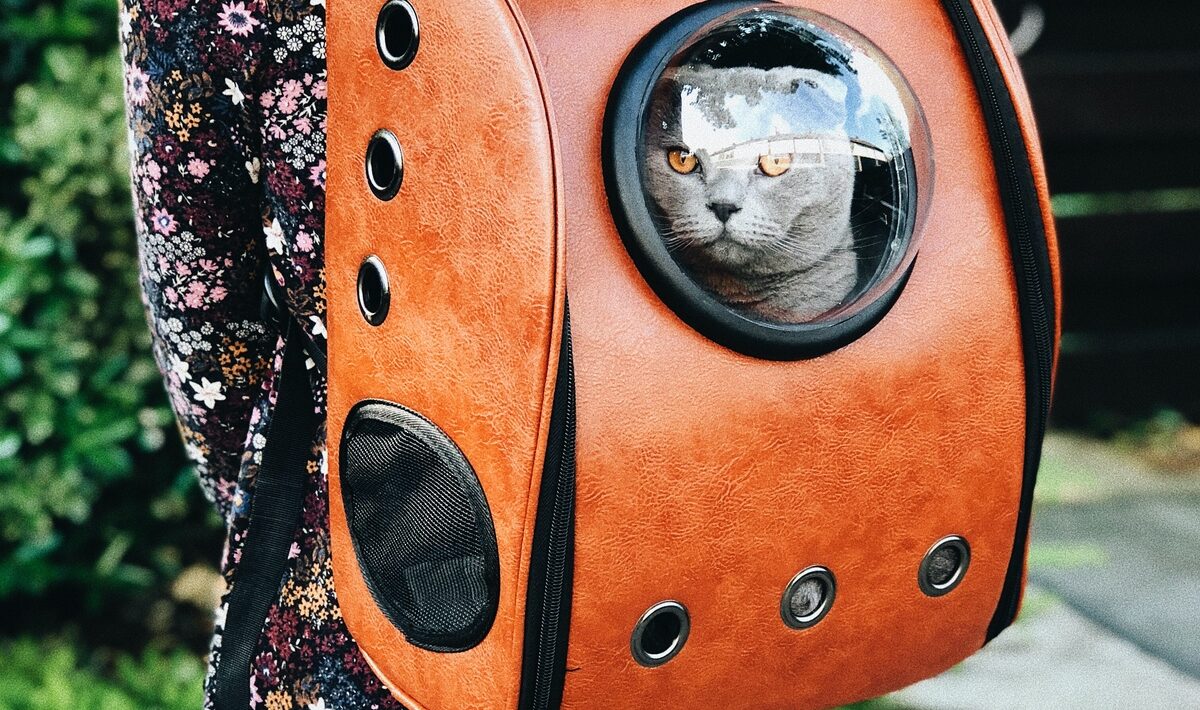A New Era of Exploration
The Elizabethan era (1558-1603) marked a period of unprecedented exploration and global trade that had a profound impact on the world of fashion. As explorers journeyed to distant lands, they brought back not only exotic goods but also a rich tapestry of ideas, cultures, and styles that would shape the clothing choices of the time.
Exotic Textiles and Materials
Exploration and trade introduced Elizabethan society to a wide array of textiles and materials that were previously unknown. Fabrics like calico, chintz, and muslin from Asia brought vibrant colors, intricate patterns, and lightweight textures that were a departure from the heavier fabrics of Europe. These exotic materials added a touch of cultural diversity to clothing.
Influences from the Ottoman Empire
Trade routes with the Ottoman Empire brought luxurious textiles such as silk, velvet, and brocade to England. These fabrics, often woven with intricate designs and metallic threads, added opulence and sophistication to Elizabethan attire. The vibrant hues and sumptuous textures of Ottoman textiles became a hallmark of high fashion.
Spanish and Italian Splendor
Exploration and trade also led to the introduction of Spanish and Italian fashion influences. Spanish styles brought ruffs, slashed sleeves, and intricate lace collars, while Italian designs contributed to the use of richly embroidered fabrics and ornate embellishments. These influences were embraced by the English elite and integrated into their wardrobe choices.
Eastern Intricacies
Contact with Eastern cultures introduced Elizabethan fashion to intricate embellishments and accessories. Pearls, gemstones, and gold embroidery were used to adorn clothing, adding a touch of luxury and elegance. The elaborate details drawn from Eastern designs transformed attire into wearable works of art.
Global Aesthetics in Accessories
Accessories also showcased the global influences of the era. Jewelry, such as bejeweled turbans and exotic headdresses, reflected the influence of distant cultures. Fans and parasols from Asia became popular accessories that not only added functionality but also provided opportunities to incorporate foreign aesthetics into everyday life.
Symbolism and Status
The incorporation of global influences into fashion was not just a matter of aesthetics; it was also a symbol of social status and cultural awareness. Owning garments and accessories that featured exotic elements demonstrated one’s engagement with the broader world and showcased an understanding of global trade and exploration.
Legacy of Cross-Cultural Exchange
The global impact on Elizabethan fashion left a lasting legacy. The blending of styles, textiles, and aesthetics from various cultures created a diverse and dynamic fashion landscape that resonates with the spirit of exploration and curiosity. This legacy continues to inspire modern designers who seek to infuse their creations with a global perspective.
Unveiling a Multicultural Tapestry
Exploration and trade wove a multicultural tapestry into the fabric of Elizabethan fashion. From intricate textiles to elaborate accessories, the global influences of the era transformed clothing into a canvas of cross-cultural exchange. As we explore the impact of exploration and trade, we uncover a vibrant narrative of how the world shaped the attire of the time.
Conclusion
The global impact on Elizabethan fashion was a testament to the era’s interconnectedness with the wider world. Exploration and trade not only enriched wardrobes with exotic textiles and accessories but also facilitated the exchange of ideas, styles, and artistic influences. As we delve into the global tapestry that adorned Elizabethan society, we celebrate the power of fashion to transcend borders and bridge cultures.

